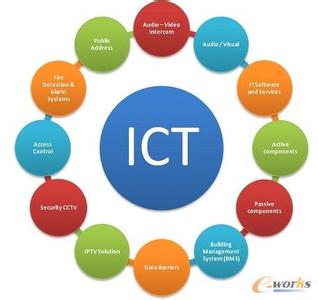Digital divide is one of the challenges that open government must face in mid- and low-income countries. In these contexts, inhabitants are left out of the benefits of information and communication technology (ICT), such as online government services. The present scenario that has emerged from the COVID-19 pandemic offers opportunities and challenges in ICT access and use to current and potential users all over the world. Therefore, it is important to know the advancement in digital inclusion in the recent years, particularly regarding the consumption and use of ICT goods and services. Thus, this article analyzes the Mexican case by comparing the availability of ICT in households of the states between the years 2010 and 2020. Open data from the Mexican Censuses of these two years are used to produce these analyses. The results suggest that inequalities prevail between South and Southeast states compared to Center and North states, and that cell telephone availability has increased, fostering Internet access.
翻译:数字鸿沟是中低收入国家开放政府必须面对的挑战之一,在这些情况下,居民被排除在信息和通信技术(信通技术)的惠益之外,例如在线政府服务;目前由COVID-19大流行病产生的情景为全世界当前和潜在用户获取和使用信通技术提供了机会和挑战;因此,必须了解近年来数字包容的进展,特别是在信通技术商品和服务的消费和使用方面;因此,本文章分析了墨西哥的情况,比较了2010年至2020年期间各州家庭获得信通技术的情况;利用这两年墨西哥人口普查的公开数据来进行这些分析;结果显示,与中部和北部各州相比,南部和东南部各州之间的不平等普遍存在,手机的可用性有所增加,促进了互联网的接入。



